9 Places to Hunt for Mushrooms in Liguria
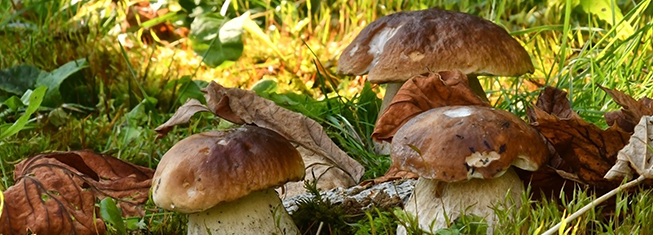
Delights for the palate and the goodness of the territory: here are 9 places to hunt for mushrooms in Liguria.
At some point, everyone talks about it. The news spreads. At the bar, on the bus, at the office: mushrooms are sprouting! But where to look for them? And, above all, where to find them? You won’t find mushrooms on Google Maps or on social media platforms; you have to go into the woods to search for them. In Liguria, it’s quite easy: a whopping 73% of the territory is covered by greenery; Liguria is the Italian region with the highest forestation index.
But… chestnuts? Beeches? Cork oak? Which forests to choose, which slopes? And the moon? Some say that the “throwing” of mushrooms happens in the last quarter of the moon, some say during the waxing moon: mushroom hunting is a somewhat initiatory, shamanic profession, a contact with nature.
We’ll help you with a few small suggestions. If you find them, here are some recipes to cook them.
However, be careful: sometimes it’s easy to confuse a poisonous mushroom with an edible one. Once collected, have them checked. Here is all the information on mycological checks by Ligurian ASL. Also, pay attention to the areas of the mushroom collection consortia where cards are required; in Liguria, there are 29. And then, it’s essential to follow the rules: the maximum collection limit is three kilograms per person per day; no plastic bags or closed backpacks, and it’s forbidden to go into the woods with rakes and hooks; it’s better not to collect specimens with a cap diameter less than 4 centimeters, and remember to clean them with a knife on-site before putting them in the basket: they will keep better, and their spores will spread in the woods, favoring regrowth. It’s wise to respect the rules of the forest, also because sanctions are at risk, in addition to the confiscation of the precious harvest!
To go mushroom hunting in areas affected by African Swine Fever, seekers will have to observe specific biosecurity advice.
Here, from west to east, are some of the many mushroom places in Liguria.
1. Extreme West and the Ligurian Alps
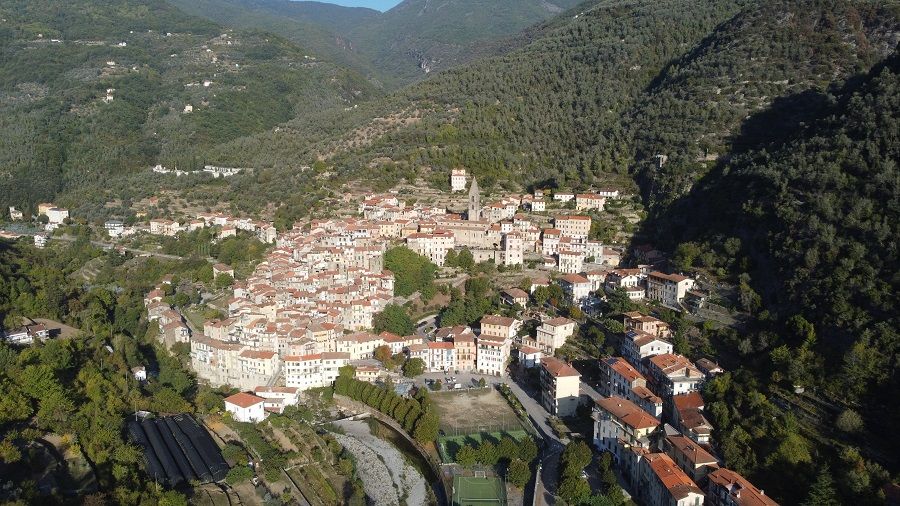
The extreme west is fertile ground for mushroom hunters: it is said that the French are not very inclined to collect, and therefore, the competition is mostly Italian. If you venture into the Ligurian Alps, in the woods around Pigna, a beautiful medieval village, or Castelvittorio, famous for the delicious “Turtùn,” up to Passo Muratone, you will find endless forests. From there, the Alta Via dei Monti Liguri also starts, a real A10 of nature.
2. Argentina Valley
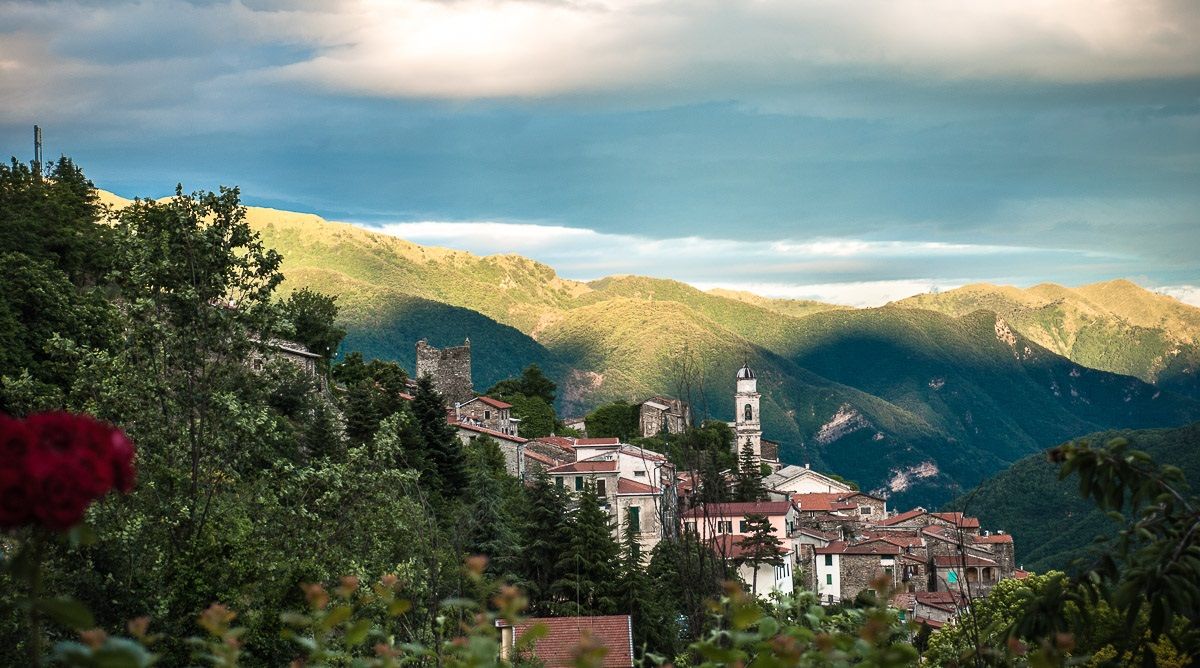
The woods around Triora have something magical. Perhaps it’s the variety of essences and environments, ranging from beech forests to larches, from woods to alpine meadows, or perhaps it’s the overlapping of cultures, from Italians to the French, from Ligurians to the Brigaschi. Cultures that have always lived in contact with the forest, and the mushrooms felt them “grow.” Just venture to Carmo Langan or Monte Ceppo, in the extraordinary Gerbonte forest, or on the road to the Guardia Pass, or let yourself be carried away by SP81 to Realdo, the eagle’s nest. In the end, you will be satisfied anyway: if no mushrooms are found, at least you will enjoy the view.
3. Arroscia Valley
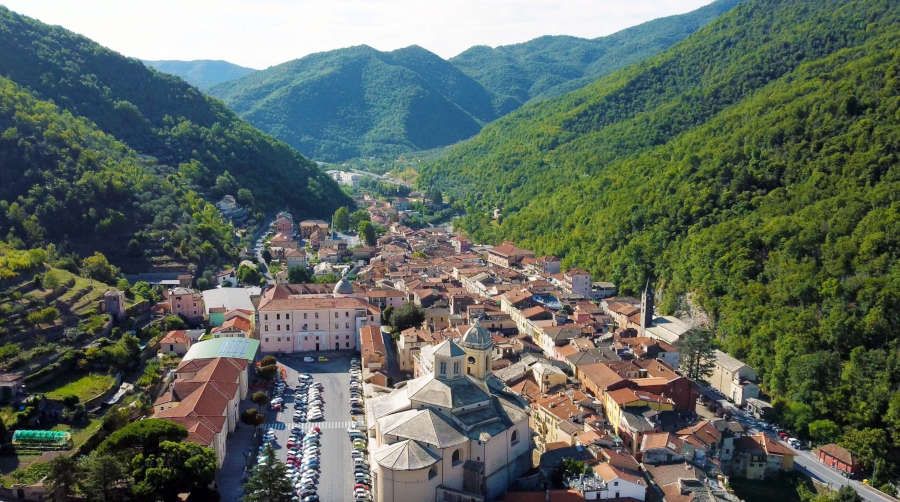
The Arroscia Valley, in the immediate hinterland of Imperia, on the border between Piedmont and the province of Savona, is home to very ancient woods, such as that of Rezzo, a village in the green, decorated with slate by medieval stonemasons, with an extraordinary beech forest to travel on the Alta Via dei Monti Liguri. And if Aquila di Arroscia is famous for the delicious ovules, Pieve di Teco is a millennial historic center, while Mendatica is the gateway to the mountain, areas near the pastures where drumsticks sprout. But first, stop in Pornassio for a glass of Ormeasco.
4. Alta val Bormida Bardineto and Calizzano
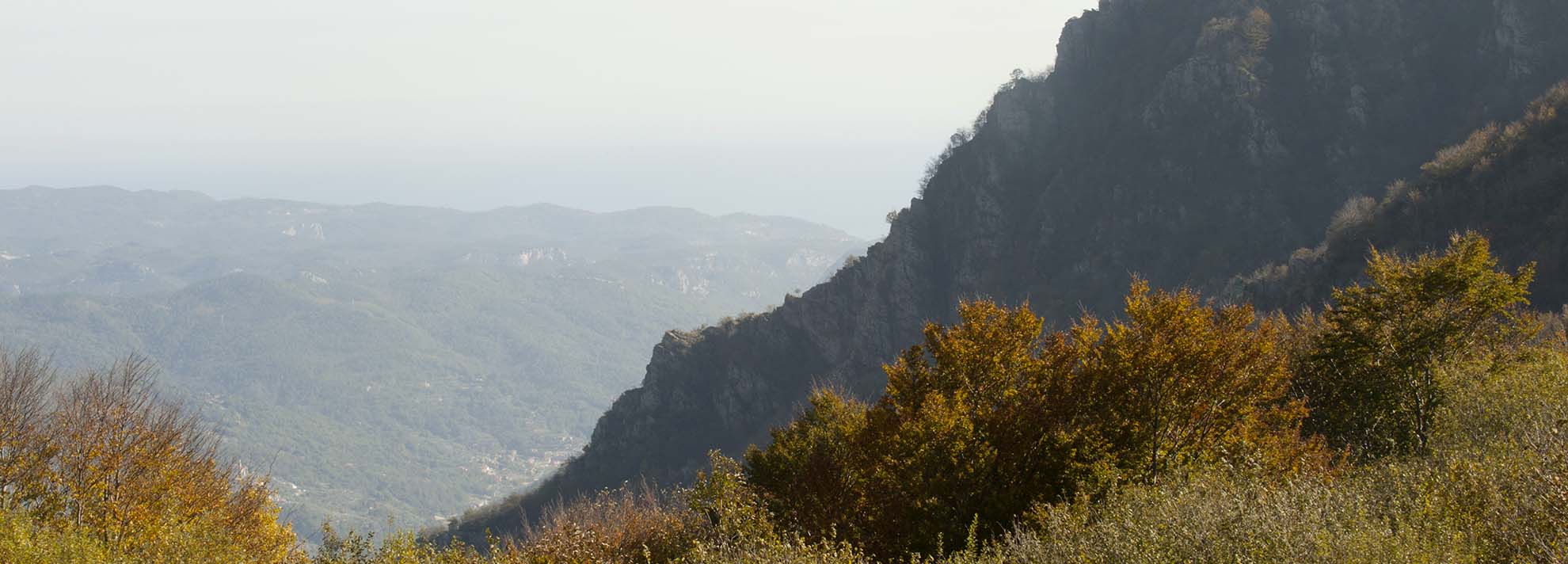
In Bardineto, nature is often generous to those who venture into the woods. Their conformation, weather conditions, and sunshine, starting from late summer, favor the development of mushroom fields, and many return joyfully to the village with baskets full of porcini and chanterelles. So much so that the Nuova Pro Loco Bardineto organizes the National Golden Mushroom Festival every year, which attracts enthusiasts, gourmets, and tourists from all over Italy. Also, Calizzano, in the upper Bormida valley, almost on the border between Liguria and Piedmont, hides exceptional mushroom fields, between the large beech forest of Colle del Melogno and the forest called Barbottina, rich in centuries-old trees.
5. Mushroom hunting in the Beigua area
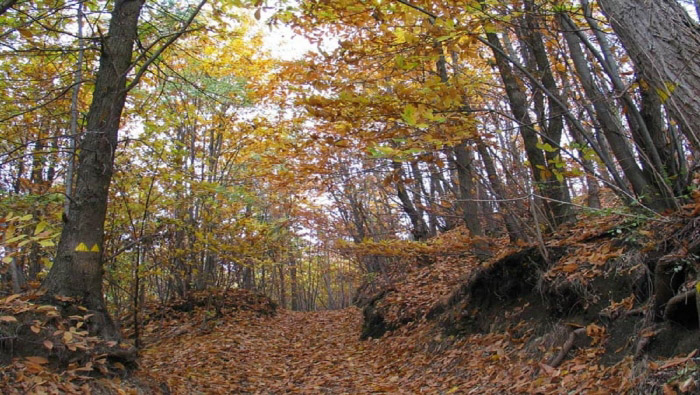
The northern slopes of Mount Beigua offer damp and less exposed valleys, perfect for mushroom development. Piampaludo, Urbe, and Sassello, places famous for summer freshness and vacationing, have a beautiful territory rich in dense oak and chestnut forests. In the Deiva forest, autumn comes with mushrooms and extraordinary colours.
6. Genoa and Its Valleys
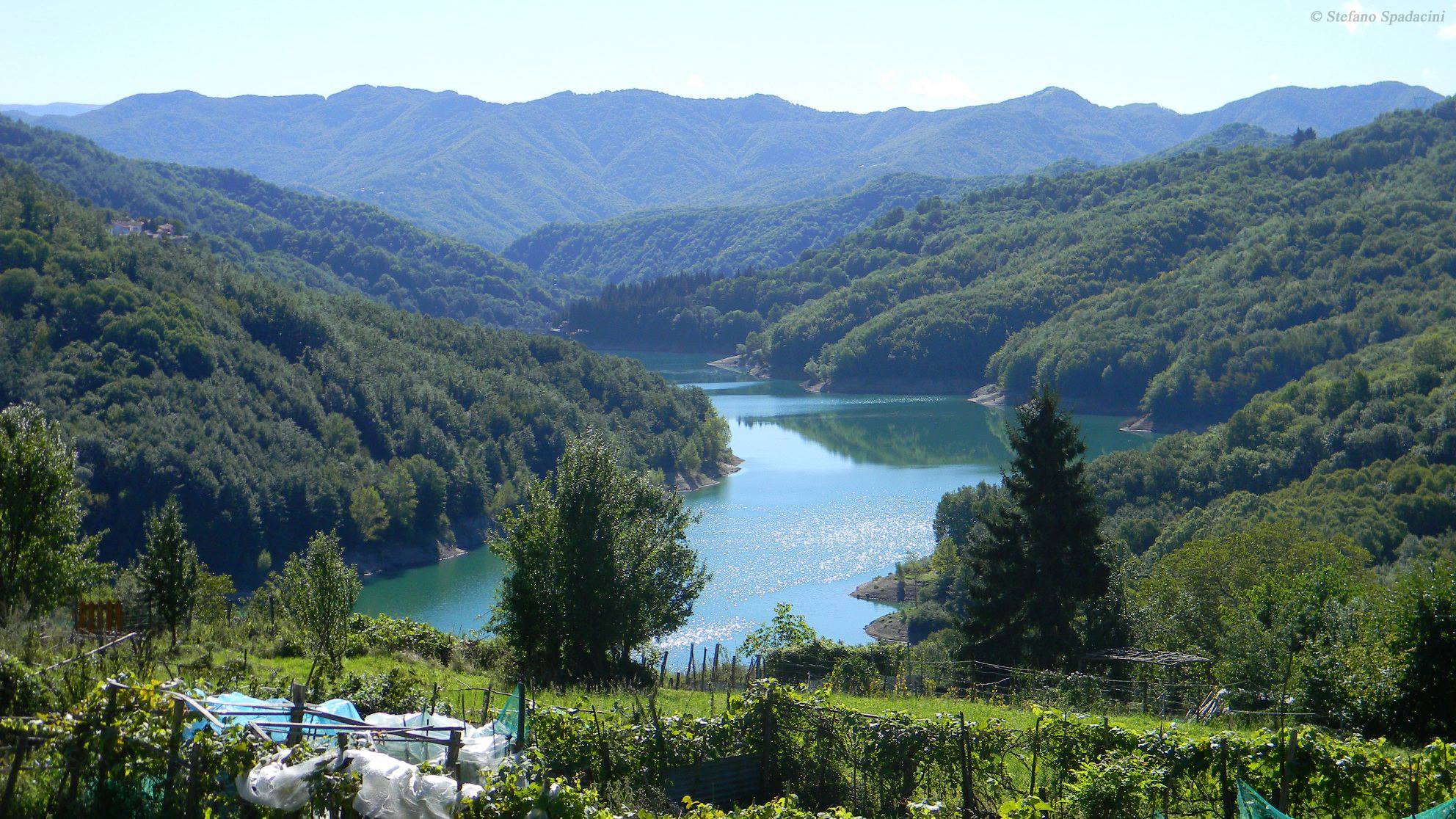
In the vast hinterland of Genoa, autumn hides many exquisite surprises. From west to east, there are shady and humid woods. In Valle Scrivia, in Busalla, Ronco Scrivia, Casella, and Crocefieschi, it takes little to delve into woods fragrant with porcini mushrooms. In Valle Stura, in Masone, Campo Ligure, Rossiglione, Monte Orditano, Monte Taccone, and Monte Leco, there are chestnut forests where you can find ovules and porcini. Valfontanabuona in its upper part is less frequented and rich in woods.
The old SP 77 is a wild place that nature is reclaiming. Lumarzo, Pannesi, Tassorello, Boasi, and Ne are famous mushroom spots. In Valtrebbia, under the chestnuts, you might find something rare. Following the SS45, you will reach Montebruno, home to a well-known Mushroom Festival, and then Rovegno, where the “barbexin,” also called “grifone,” “grifola,” and “ramassun,” is highly prized. It is a fungus that develops on recently cut chestnuts, can reach considerable sizes, and when preserved in oil, it is exquisite.
7. Val d’Aveto
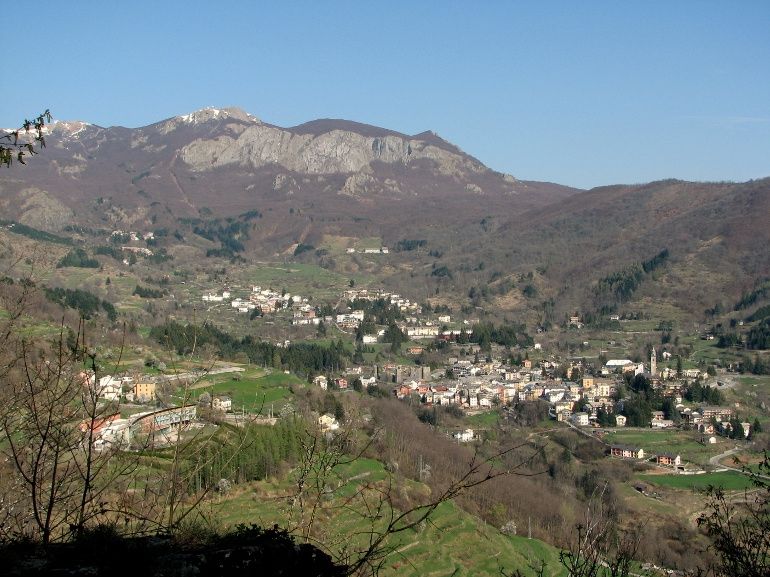
The Val D’Aveto deserves a chapter of its own: it is a true natural lung to breathe and discover unique tastes in every season. In autumn, its forest cover makes it one of the favorite places for mushroom hunters. Start from Santo Stefano d’Aveto, and you will always have vast woods in front of you for your searches, from the demesne forests of Lame, to Mount Penna, to Mount Zatta, up to the Emilia Romagna border at the Tomarlo Pass. Satisfactions for the most seasoned mushroom hunters. But be mindful of the regulations of the Aveto Park.
8. Val di Vara

In Val di Vara, in the province of La Spezia, you will learn the difference between beech and chestnut porcini mushrooms: the former are lighter and longer, while the latter are darker with a reddish stem. Sesta Godano, with its hamlets of Groppo, Chiusola, Rio, and Orneto, is a sought-after destination. In Varese Ligure, the good and uncontaminated air of the organic valley offers exceptional flavors, and on the Passo di Centocroci or Monte Gottero, mushroom hunters come from all over the northwest.
9. Mushrooms in Cinque Terre
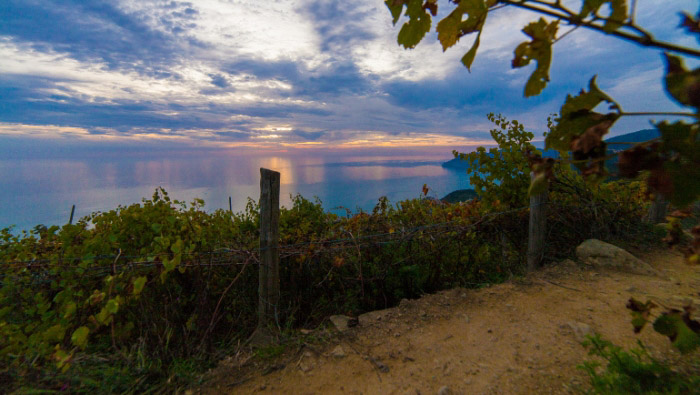
Who would have thought? The Cinque Terre are famous for wine, the sea, and fish, but they hide areas suitable for mushrooms. They are the southeastern extremities of the park, in Campiglia and Volastra, villages that have preserved their peasant tradition. Look in the damper areas of the slopes sheltered from the north wind, in the cork oak groves, or among the oaks: there, you might see the violet cap of a colombina mushroom or, with more luck, even a black porcini.



